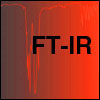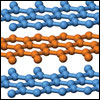
|
|
|
|
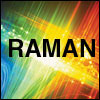
|
Is Raman Spectroscopy Ready for Clinical Use?
Recent reports of the successful use of Raman spectroscopy for important biomedical applications are quite exciting. These applications include imaging for disease diagnosis, including significant improvements for endoscopic probes, and identification of microorganisms. But is it truly practical and feasible to implement Raman technologies in a clinical environment? |
|
|
|
|
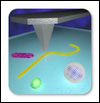 |
Combining Raman Imaging, Mass Spectrometry Imaging, and AFM
Imaging techniques using vibrational spectroscopy, mass spectrometry (MS), and atomic force microscopy have all been advancing and gaining momentum in recent years. There is great potential power in these imaging techniques, particularly in the biomedical field. Thomas Bocklitz of at the Friedrich-Schiller-University Jena is working to better harness the power of these techniques by combining them. |
|
|
 |
Choosing the Best Regression Model
Which regression method (or model) is better or best when compared to others? Here is a discussion of a mathematical and rational process that is useful for selecting the best predictive model when using regression methods for spectroscopic quantitative analysis. |
|
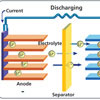 |
Techniques for Raman Analysis of Lithium-Ion Batteries
The needs of the lithium-ion battery customers can be segmented into in situ and ex situ modes of analysis. In situ analysis allows researchers to follow changes in a battery cell during its charge and discharge cycles. |
|
|
|
| |
|
 |
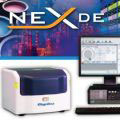 |
| REVOLUTIONIZE THE CHARACTERIZATION OF BIOMOLECULES |
New Rigaku EDXRF Spectrometer |
JASCO is showcasing the J-1000 Series CD Spectrometers offering unparalleled sensitivity, with reach from the vacuum UV to the NIR wavelengths. Also, featuring Simultaneous Multi-Probe Spectroscopy (SMP) which consists of three modes (CD, LD and Absorbance) running concurrently with the option to run Fluorescence, Anisotropy, ORD, Temperature, Kinetics and more!  Learn more Learn more |
New high performance benchtop EDXRF elemental analyzer from Rigaku NEX DE delivers wide elemental coverage with an easy-to-use Windows®-based QuantEZ software. Non-destructively analyze from Na through U.
 Subscribe to Rigaku eNewsletters Subscribe to Rigaku eNewsletters |
|
|
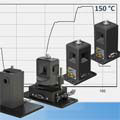 |
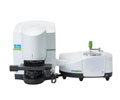 |
| Extended Temperature Range Spectroscopy |
NEW Spotlight Microscopy Systems |
From +150 °C to -55 °C, Quantum Northwest offers a wide range of temperature control for your spectroscopy applications: UV-Vis-NIR, fluorescence, fiber optic, flash photolysis, photoacoustic and circular dichroism.
 Learn more Learn more |
PerkinElmer's Spotlight microscope systems are designed for scientists facing increasingly challenging samples demanding higher sensitivity, and simpler analysis and workflows. Delivering intelligent automation, state-of-the-art technologies, easy-to-use software, and simple tools for set up.  Learn more Learn more |
|
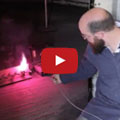 |
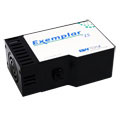 |
| Spectrometers Ensure Quality of Pyrotechnics |
The Exemplar® Plus LS |
In this “explosive” video, learn how Ocean Optics spectrometers are measuring plasma emission and emissive color of pyrotechnics effects used in productions for entertainers such as Beyoncé and Paul McCartney.
 Learn more Learn more |
The Exemplar® Plus LS is a high performance smart spectrometer utilizing an aberration corrected concave holographic grating to minimize stray light, providing superior data quality over the entire 190-1100nm spectral range.  Learn more Learn more |
|
 |
 |
| Avantes'new EVO series spectrometers |
Real-time process monitoring with the Unscrambler® X Process Pulse II |
We are taking the next step to EVOlutionary spectroscopy!
- Ethernet and USB3 communication facilitate high speed data transfer (900 spectra per second)
- Fifty times more on board memory for on board storage of up to 50,000 spectra
- All new high speed microprocessor to facilitate faster data processing, on board calculations
- Robust Ethernet interface for process control and long distance instrument interface  Learn more Learn more |
Improve process monitoring, understanding and control with the Unscrambler® X Process Pulse II. It enables powerful multivariate models developed with The Unscrambler® X to be used to monitor at-line, on-line and in-line processes.
 Read more Read more |
|
|
|
 Learn More >>
Learn More >>



